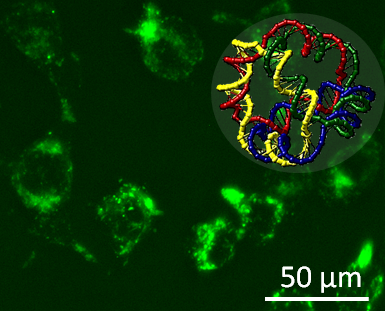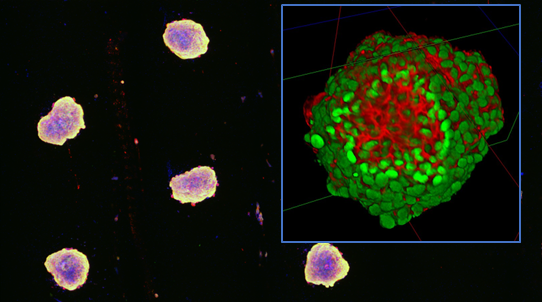Research themes
Atomic Force Microscopy: The research group develops nanotechnology techniques, with a focus on Atomic Force Microscopy. These are used to characterize nucleic acids, nucleoprotein complexes, proteins, biological nanostructures and nanostructured materials (surfaces, nanoparticles, nanofibers, nanostructured polymers). Single molecule force spectroscopy is used to study the conformational equilibria in proteins or to characterize the interactions amongst molecules.
DNA nanotechnology: The group exploits Structural DNA Nanotechnology, the strategies to design the self-assembly of DNA nanostructures to make functional nanostructures (for biosensing, for affecting cell behavior, or for other applications).
Biosensors: The group works on the development of biosensing systems, especially focusing on the recognition of biomolecular analytes from solutions. The group’s main expertise lies in the use of biosensors based on nucleic acids.

